
Albert Paul Mantz was a noted air racing pilot, movie stunt pilot and consultant from the late 1930s until his death in the mid-1960s. He gained fame on two stages: Hollywood and in air races.
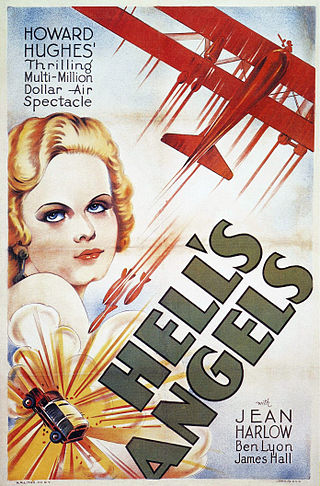
Hell's Angels is a 1930 American pre-Code independent epic war film directed and produced by Howard Hughes and director of dialogue James Whale. Written by Harry Behn and Howard Estabrook and starring Ben Lyon, James Hall and Jean Harlow, it was released through United Artists. It follows two dissimilar brothers, both members of the British Royal Flying Corps during the First World War.

Frank Gifford Tallman III was a stunt pilot who worked in Hollywood during the 1960s and 1970s. He was the son of Frank Gifford Tallman, Jr. and Inez Evelyn Foster.
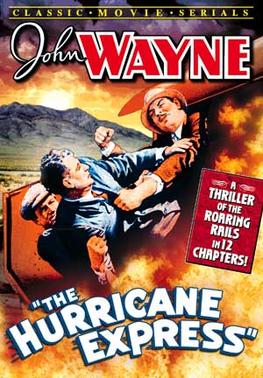
The Hurricane Express is a 1932 American Pre-Code 12-chapter Mascot Pictures film serial. Written by Colbert Clark, Barney Sarecky, Wyndham Gittens, George Morgan, and J.P. McGowan, the serial was directed by Armand Schaeffer and J.P. McGowan and produced by Nat Levine. The Hurricane Express stars John Wayne as aircraft pilot Larry Baker. Wayne goes after a mystery villain named "The Wrecker", who was responsible for a train crash that killed Baker's father.

Slim Summerville was an American film actor and director best known for his work in comedies.
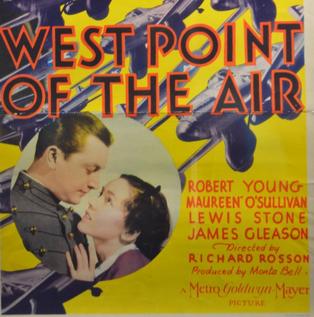
West Point of the Air is a 1935 American drama film directed by Richard Rosson and starring Wallace Beery, Robert Young, Lewis Stone, Maureen O'Sullivan, Rosalind Russell, and Robert Taylor. The screenplay concerns pilot training in the U.S. Army Air Corps in the early 1930s.

The Tallmantz Phoenix P-1 was an FAA-certified one-off aircraft built for the 1965 film production The Flight of the Phoenix and used in the picture's final aerial sequences. Its pilot Paul Mantz was killed in an accident during a touch-and-go maneuver to simulate a takeoff, after which the plane was replaced by a crudely modified North American O-47A.
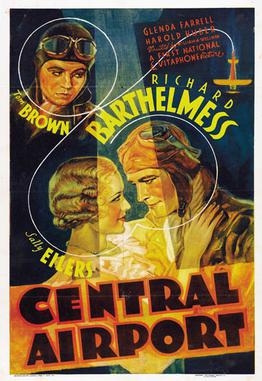
Central Airport is a 1933 American pre-Code aviation drama film directed by William A. Wellman, based on the John C. "Jack" Moffitt story, "Hawk's Mate". The film stars Richard Barthelmess and Sally Eilers. Central Airport was produced and released by Warner Bros., on April 15, 1933. John Wayne had an uncredited part in the film, playing a co-pilot, and this film features his first on-screen death.
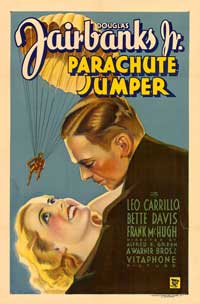
Parachute Jumper is a 1933 American pre-Code black-and-white comedy drama film directed by Alfred E. Green. Based on a story by Rian James titled "Some Call It Love", it stars Douglas Fairbanks Jr., Bette Davis and Frank McHugh.

Ceiling Zero is a 1936 American adventure drama film directed by Howard Hawks and starring James Cagney and Pat O'Brien. The picture stars Cagney as daredevil womanizing pilot "Dizzy" Davis and O'Brien as Jake Lee, his war veteran buddy and the operations manager of an airline company. Based on a stage play of the same name, the film blends drama with some light comedy. The title, as defined at the beginning of the picture, is an insider term referring to those moments when the sky is so thick with fog that navigating an aircraft is nearly impossible.

Harry Russell Hopton was an American film actor and director.

Flying High is a 1931 American pre-Code musical film released by Metro-Goldwyn-Mayer, produced by George White, with lyrics by B. G. DeSylva and Lew Brown, music by Ray Henderson and additional songs by Dorothy Fields (lyrics) and Jimmy McHugh (music). The film originally featured two Technicolor sequences which apparently only survive in black and white. The cast featured Bert Lahr, Charlotte Greenwood, Pat O'Brien, Charles Winninger and Hedda Hopper, with Gus Arnheim and his orchestra.

Chain Lightning is a 1950 American aviation film based on the story "These Many Years" by blacklisted writer Lester Cole ; the screenplay was written by Liam O'Brien and Vincent B. Evans. During World War II, Evans had been the bombardier on the Boeing B-17 Flying Fortress Memphis Belle.

Flying Blind is a 1941 American action comedy film directed by Frank McDonald and distributed by Paramount Pictures. The film was the second movie from Pine-Thomas Productions. That company's first three films formed an unofficial "aviation trilogy"; all starred Richard Arlen.

Devil Dogs of the Air is a 1935 Warner Bros. film, directed by Lloyd Bacon and starring James Cagney and Pat O'Brien, playing similar roles as close friends after making their debut as a "buddy team" in Here Comes the Navy. Devil Dogs of the Air was the second of nine features that James Cagney and Pat O'Brien made together. The film's storyline was adapted from a novel by John Monk Saunders.

Wings in the Dark is a 1935 film directed by James Flood and starring Myrna Loy and Cary Grant and focusing on a daring woman aviator and an inventor thrust into a desperate situation. Wings in the Dark was produced by Arthur Hornblow, Jr. The film was the first that Loy and Grant made together, although Loy's biographer Emily Leider says that Wings in the Dark "wastes their talents and prompts an unintentional laugh fest." The film remains notable as a rare movie depiction of a blind protagonist during the 1930s, and is also known for its accomplished aerial photography directed by Dewey Wrigley.

Blaze of Noon is a 1947 aviation adventure film directed by John Farrow and based on writer and aviator Ernest K. Gann's best-selling novel Blaze of Noon (1946), a story about early air mail operations. The screenplay was from well-known writer and aviator Frank "Spig" Wead and Arthur Sheekman and starred Anne Baxter, William Holden, Sonny Tufts and William Bendix.

Criminals of the Air is a 1937 American action film, directed by Charles C. Coleman. It stars Rosalind Keith, Charles Quigley and Rita Hayworth. The film marked "Rita Hayworth"'s first onscreen credit; the actress, born Margarita Carmen Cansino, had previously used the stage name "Rita Cansino" or was uncredited in her prior 17 film appearances.

Frank Clarke was a Hollywood stunt pilot, actor, and military officer. His most prominent role was as Leutnant von Bruen in the 1930 production Hell's Angels, but he flew for the camera and performed stunts in more than a dozen films in the 1930s and 1940s. Clarke was killed in an aircraft crash near Isabella, California, in 1948.
Floyd Harrison “Speed” Nolta was an accomplished American pilot who developed a method of sowing rice seed from an airplane, and later invented the first successful method of dropping water from an airplane for fighting forest fires. He served as an Army airplane mechanic during World War 1 and returned to serve as a pilot in the Army Air Forces during World War 2. He was a stunt pilot in Hollywood and a civic leader in Willows, California.



















